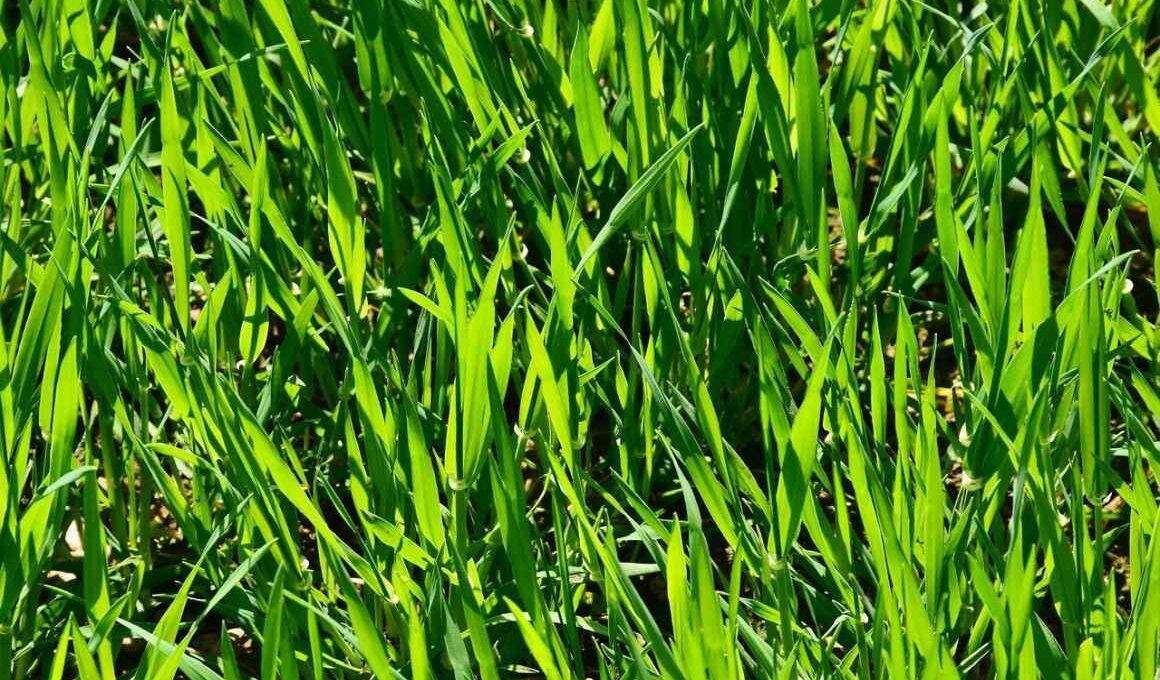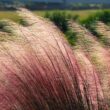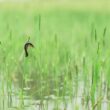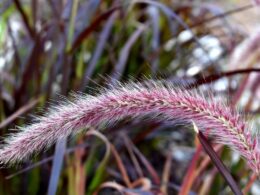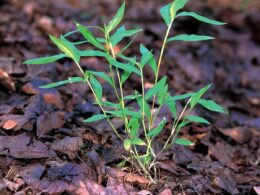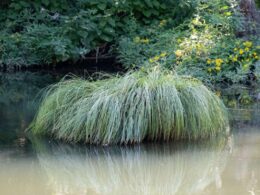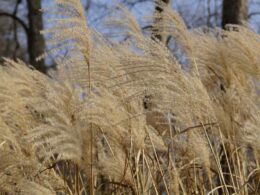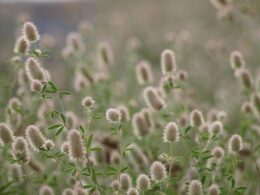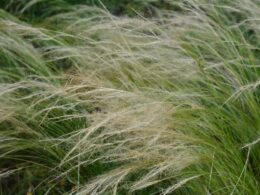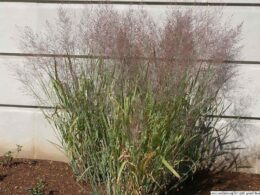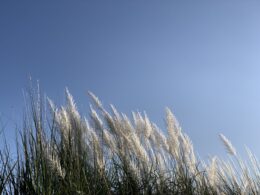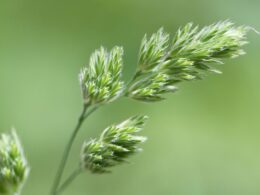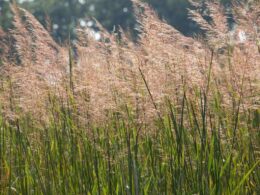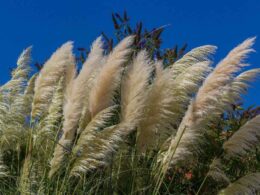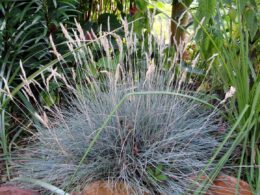Rye Grass Basic Information
Rye grass, also known as lolium, is a genus of tufted grasses in the bluegrass subfamily of the grass family. The genus includes many species of valuable forage and turfgrasses. Rye grasses are perennial or annual plants, growing from one to four feet tall, with leaves up to 10 inches long. The flowers are borne in dense spikes at the top of the plant. During the winter time, rye grass goes into a dormant state.
Rye Grass Distribution
Rye grass is native to Europe, Asia, and Africa, but it has been introduced to North and South America, Australia, and New Zealand. Many rye grass species are used as lawn grasses or pasture grasses. Some are even used as cover crops to prevent soil erosion. Lolium is a versatile genus of grasses that have many uses in both agriculture and landscaping.
Rye Grass Varieties
There are many species of lolium, or rye grass. Some of the most common include Lolium perenne (perennial rye grass), Lolium multiflorum (Italian ryegrass), and Lolium temulentum (darnel). The latter is known as poison darnel and is distributed globally. Each of these species has its own unique characteristics, but all are commonly used for turfgrass, forage, and soil stabilization.
Lolium Perenne
Lolium perenne is the most widely distributed species of rye grass, occurring naturally in Europe, Asia, and North America. It is a hardy plant that can tolerate a wide range of climatic conditions, making it ideal for use in many areas.
Lolium Multiflorum
Lolium multiflorum, on the other hand, is native to Southern Europe and northern Africa. It is a more delicate plant that prefers milder climates and does not do well in cold or damp conditions. Finally,
Lolium Temulentum
Lolium Temulentum is found throughout the world in temperate regions. It is considered a weed in many places because it grows so rapidly and aggressively.
Lolium Persicum
Lolium Persicum is an annual grass, also known as Persian grass. It is a flowering plant.
The Difference Between Annual and Perennial Ryegrass
There are two main types of rye grass: annual and perennial. Annual ryegrass is a quick-growing, winter-hardy grass that is often used as a cover crop or forage. It will only live for one growing season, typically maturing in late spring or early summer. Perennial rye grass, on the other hand, is a long-lived grass that can survive for several years. It has a slower growth rate than annual rye grass, but it is more tolerant of heat and drought. Perennial rye grass is often used for turfgrass, as it has a dense, deep root system that helps to stabilize the soil.
How to Care for Rye Grass?
Rye grass is a type of grass that is commonly used in lawns. It is known for its ability to withstand heavy wear and for its dense growth. However, rye grass does require some care in order to maintain its health. Here are some tips for caring for rye grass:
Mow
Mow the grass regularly. Rye grass should be mowed at least once a week during the growing season. The grass should be mowed to about 2 inches long.
Fertilize
The grass should not be fertilized often, however regular fertilizing will help to keep it healthy.
Water if Necessary
Water the grass deeply and evenly. Rye grass should be watered deeply and evenly, providing 1-2 inches of water per week. Avoid overwatering, as this can lead to disease problems. Reduce watering during the winter months.By following these simple tips, you can keep your rye grass healthy and looking its best.
Common Problems With Rye Grass
Rye grass is a type of grass that is commonly used in lawns and gardens. While it is known for its ability to tolerate cold weather and shade, rye grass can also be plagued by a number of problems. One common issue is dollar spot, a fungal disease that causes small brown spots to form on the blades of grass. Another issue is rust, which causes orange or red patches to form on the leaves of the plant. In addition, rye grass is susceptible to infestation by chinch bugs, tiny insects that feed on the juices of the plant.
Rye Grass Germination
Ryegrass is a type of grass that is commonly used for lawns and turf. It has a quick germination rate and grows rapidly, making it an ideal choice for areas that need to be quickly covered with vegetation. To ensure successful germination, ryegrass seeds should be sown in moist soil that has a temperature of at least 10 degrees Celsius (50°F to 65°F). The seeds will not germinate if they are covered with too much soil or if the soil is compacted. Once the seeds have been exposed to the proper conditions, they will begin to sprout and develop into seedlings.
Cool Season Grass
Ryegrass is a cool-season grass, meaning that it germinates best in temperatures between 60 and 70 degrees Fahrenheit. The ideal amount of moisture for ryegrass germination is around 70 percent. However, ryegrass seeds can still germinate even if the moisture level is as low as 50 percent. Oxygen is also necessary for ryegrass germination. The seeds will not germinate if they are covered with too much soil or if the soil is compacted. Once the seeds have been exposed to the proper conditions, they will begin to sprout and develop into seedlings.
Rye Grass Overseeding
Overseeding is a great way to add color and interest to your lawn without spending a lot of money or time. Overseeding is simply the process of adding new seed to an existing lawn. One of the most popular grasses for overseeding is rye grass. Rye grass has a fine texture and grows quickly, making it ideal for filling in bare spots.





